Vermont’s single party payer healthcare plan was doomed to fail from the onset for several reasons.
Healthcare policy consultants do not understand the medical care system. The healthcare policy consultants for the Vermont healthcare system were the same consulting architects President Obama used for Obamacare.
The consultants were Harvard’s William Hsiao and MIT’s Jonathan Gruber.
William Hsiao has spent most of his academic career helping governments install healthcare systems. William Hsiao is the K.T. Li Research Professor of Economics in Department of Health Policy and Management and Department of Global Health and Population, at Harvard T.H. Chan School of Public Health.
Jonathan Gruber is a professor of economics at the Massachusetts Institute of Technology, where he has taught since 1992.[1]
He is also the director of the Health Care Program at the National Bureau of Economic Research, where he is a research associate.
Jonathan Gruber has been heavily involved in crafting public health policy.
He has been described as a key architect[2] of both the 2006 Massachusetts health care reform, sometimes referred to as “Romneycare”, and the 2010 Patient Protection and Affordable Care Act, sometimes referred to as the “ACA” and “Obamacare”.
There is little evidence that the systems he and Dr. Hsaio have built are overwhelming successful, cost effective or preserve consumer freedom of choice.
In fact, a study by NPR and Harvard’s T.Chan School of Public Health concluded that Obamacare is a complete failure.
Dr. Hsaio is on the faculty the Harvard T.Chan School of Public Health.
“NPR AND HARVARD T.H. Chan School of public Health SAY: OBAMACARE IS A COMPLETE FAILURE”
In a New York Times interview in 2009 Dr. Hsiao discussed the system of healthcare Reform he installed in Taiwan.
The question was:
What’s the most important lesson that Americans can learn from the Taiwanese example?
Dr. Hsiao.
The Taiwan government managed to insure 98 percent of the population with a premium cost of 4.6 percent of wages.
Q.
Has your system of healthcare in Tiawan translated into better life expectancy or lower complication rates from major diseases?
Dr. Hsiao.
“There is evidence of positive health results for select diseases, like cardiovascular disease and kidney failure.”
There is no medical or financial data available to prove outcomes have improved.
“Overall, it’s really difficult to say that national health insurance has improved the aggregate health status, because mortality and life expectancy are crude measurements, not precise enough to pick up the impact of more health care.”
“That said, life expectancy is improving, and mortality is dropping. And everyone now has access to good health care”.
This is not good science. It is not even good social science. This is a biased opinion.
Q.
What are the system’s weaknesses?
Dr. Hsaio
“In the legislative process, compromises had to be made. First, the president yielded on payment reform, so Taiwan kept its fee-for-service payment system. Unfortunately, that encourages doctors and hospitals to give more treatment in order to boost their income.
“Second, the Taiwanese system doesn’t have a systematic way to monitor and improve quality of care.”
“Third, in the legislative process, they rejected a provision to adjust the premium automatically when the national health system depletes its reserves.”
“In every country, health care costs are increasing faster than wages. When that happens, the premium has to go up. But that provision wasn’t incorporated into the law. As a result, the system is running a deficit.”
“National health insurance tries to cut the fees for hospital and physician services. But eventually these fee reductions will adversely affect the quality of health care.”
President Obama was so anxious to change the healthcare system in the United States to fit his socialist ideology that he picked two professors, Dr. Hsaio of Harvard and Jonathan Gruber of MIT to be the architects of Obamacare.
Jonathan Gruber has been introduced as the ‘architect’ of the Massachusetts law and/or Obamacare”.[52]
Neither professor had scientific evidence that a single party payer system would work efficiently.
Obamacare was not working efficiently yet the progressives in Vermont hired Dr. Hsaio and Dr. Guber to be the architects for Vermont’s single party payer system.
Jonathon Gruber has turned out to be a honest about the Obama administration’s lies.
Many of the videos show him talking about ways in which he felt the ACA was misleadingly crafted or marketed in order to get the bill passed, while in some of the videos he specifically refers to American voters as ill-informed or “stupid”.
In October 2013, Gruber we said: “the bill was deliberately written “in a tortured way” to disguise the fact that it creates a system by which “healthy people pay in and sick people get money”.
Some of Americans are waking up to the fact that they cannot trust President Obama and his administration to be our surrogate. This is true not only in healthcare but in his decision making in every area of the economy and our live.
In 2010, Jonathan Gruber expressed doubts that the ACA would significantly reduce health care costs. He thought lowering costs played a major part in the way the bill was promoted by the Obama administration.[36]
President Obama said he never met Jonathan Gruber and did not think he came to the White House. President Obama forgot he hired him and paid him a $400,000 consultation fee.
In 2014, the Obama administration claimed that Gruber did not have a major role in creating the PPACA.[50]
President Obama acted irresponsibly to the public by hiring healthcare policy wonks to change America’s healthcare system without evidence for the success because their thoughts fit his ideology.
I don’t think President Obama understands he has changed the way hospitals and physicians have changed their approach to healthcare and medical care.
In my opinion, healthcare and medical care has changed for the worse.
Rich Lowry said that the videos were emblematic of “the progressive mind, which values complexity over simplicity, favors indirect taxes and impositions on the American public so their costs can be hidden, and has a dim view of the average American”.[41]
The American public eventually figures it out.
Commentator Charles Krauthammer called the first Gruber video “the ultimate vindication of the charge that Obamacare was sold on a pack of lies.”[42]
The Vermont governor hired Dr. Hsaio and Dr. Gruber to create a single party payer system in Vermont figuring,the system would be easier in one small state than in the nation.
Vermont Governor Peter Shumlin (D.) announced that he was pulling the plug on his four-year quest to impose single-payer, government-run health care on the residents of his state.
“In my judgment,” said Shumlin at a press conference, “the potential economic disruption and risks would be too great to small businesses, working families, and the state’s economy.”
Watch out Colorado!
Why doesn’t a single party payer system work?
All of the healthcare policy wonks, especial Dr. Hsaio and Dr. Gruber, leave out the most important ingredients in a successful healthcare system.
Consumers cannot be treated as a commodity. Consumers cannot be forced to take what is given to them. The healthcare system must have a viable physician patient relationship provision.
The physician patient relationship is a big part of the therapeutic index. If treatment is to be successful patients must participate in their care.
Consumers of the healthcare system must drive the healthcare system. It must not be government or the healthcare insurance industry.
Consumers must be a the center of the healthcare system.
A system needs to be developed that puts patients in charge, not the government. Consumers must be responsible for their healthcare and their healthcare dollars.
This will motivate doctors and hospitals to compete for patients’ business.
My Ideal Medical Savings Account will provide incentives for the consumers to have a consumer driven healthcare system. This system will in turn drive hospital systems and physicians to compete for their care.
The end result will be to decrease the cost of the healthcare system and improve medical care and consumer satisfaction with the healthcare system.
The opinions expressed in the blog “Repairing The Healthcare System” are, mine and mine alone.
All Rights Reserved © 2006 – 2015 “Repairing The Healthcare System” Stanley Feld M.D.,FACP,MACE
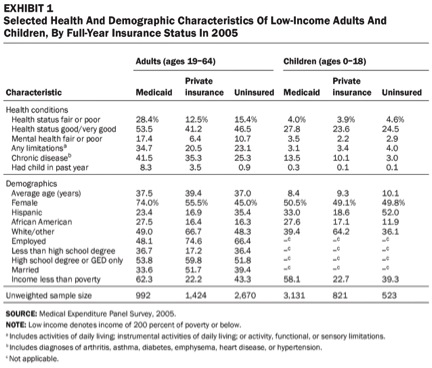
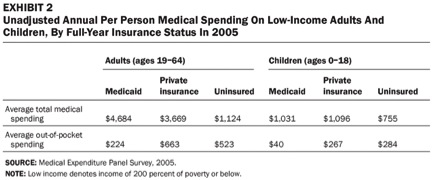

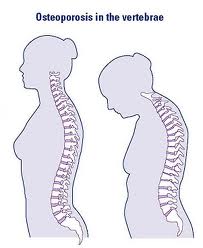
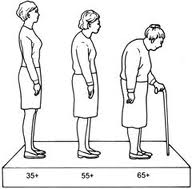
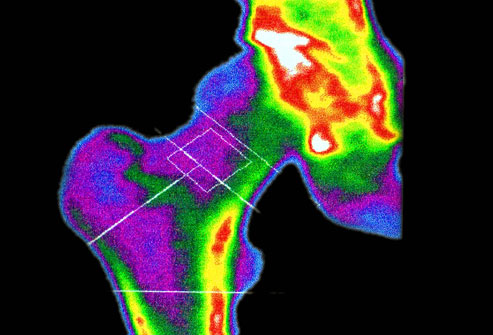
nursing homes in birmingham
Repairing the Healthcare System: Actions Contradicts Goals